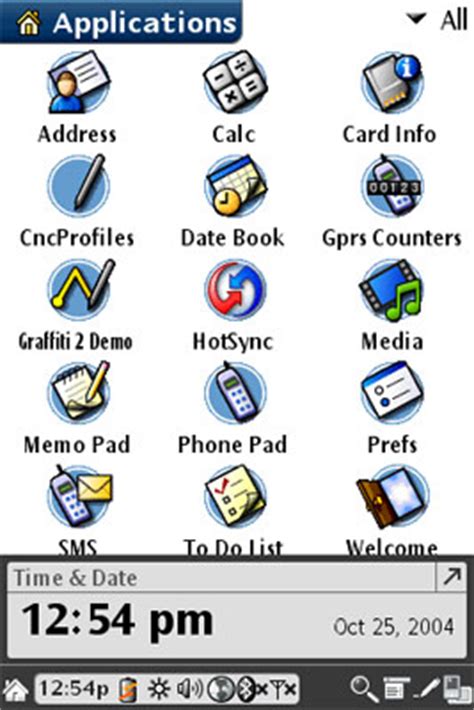In retrospect, the evolution of the smartphone can be viewed as a lengthy relay race, where the baton of innovation has passed through many hands. Among the early runners was Palm OS, whose influence has proven more enduring than its market share might suggest. Developed in the late 1990s, Palm OS powered a range of devices that were among the first to marry portability with functionality, offering features such as touchscreen interfaces, handheld computing, and a suite of applications—or ‘apps’ in today’s parlance—that catered to both personal and professional productivity. This platform arguably set the stage for the mobile computing revolution.
While Palm OS is often overshadowed in the public imagination by the explosive popularity of Apple’s iPhone and the subsequent Android devices, dedicated users and tech historians argue that Palm provided a foundational user experience that modern devices continued to refine. The early adoption of touch input, absent of keyboards, positioned Palm as a forward-thinking company, pushing the boundaries of what mobile devices could do. It’s often not acknowledged enough that basic concepts like app-based interaction and compact, user-friendly design were championed by Palm long before they became industry standards.
The discussions around the technological advances of Palm devices reveal an interesting blend of nostalgia and technical respect. Users reminisce about the simplicity and efficiency of the Graffiti handwriting system, an input method developed for Palm devices that allowed quick data entry. This system, albeit replaced by more advanced technologies, exemplifies Palm’s commitment to innovative, user-centric designs. These solutions were not merely functional but were also intuitive, aligning with the needs of a new generation of tech users who demanded mobility and ease of use.
Many also compare the webOS, developed later under the Palm banner, with current operating systems. WebOS incorporated features such as multitasking with a card-based interface and integrated web technologies long before such features became mainstream in other platforms. This shows a trajectory of innovation at Palm that was not just about maintaining status quo, but about pushing the envelope, inspiring features that are now taken for granted in modern iOS and Android devices.
Aside from technical specifics, there’s a significant cultural shift that Palm OS helped catalyze. Before smartphones were ubiquitous, the idea of carrying a digital extension of one’s personal and professional life was novel. Palm OS, with its personal information management tools, made the digital mobile office a reality, laying groundwork that would later be built upon by BlackBerry, and subsequently, by more advanced smartphones. This cultural pivot towards digital mobility has reshaped not just technology consumption but also broader aspects of lifestyle and business practices.
In conclusion, while Palm OS might not have sustained as the dominant platform, its contributions to mobile computing are undeniable. From setting design precedents to introducing early versions of software ecosystems, Palm OS was a quiet pioneer. It’s a testament to the fact that in technology, being first doesn’t always mean being remembered, but it often means setting the path that others will follow. Palm’s legacy, therefore, is not just in the devices it produced but in the broader shifts it prompted in the mobile computing landscape.


Leave a Reply